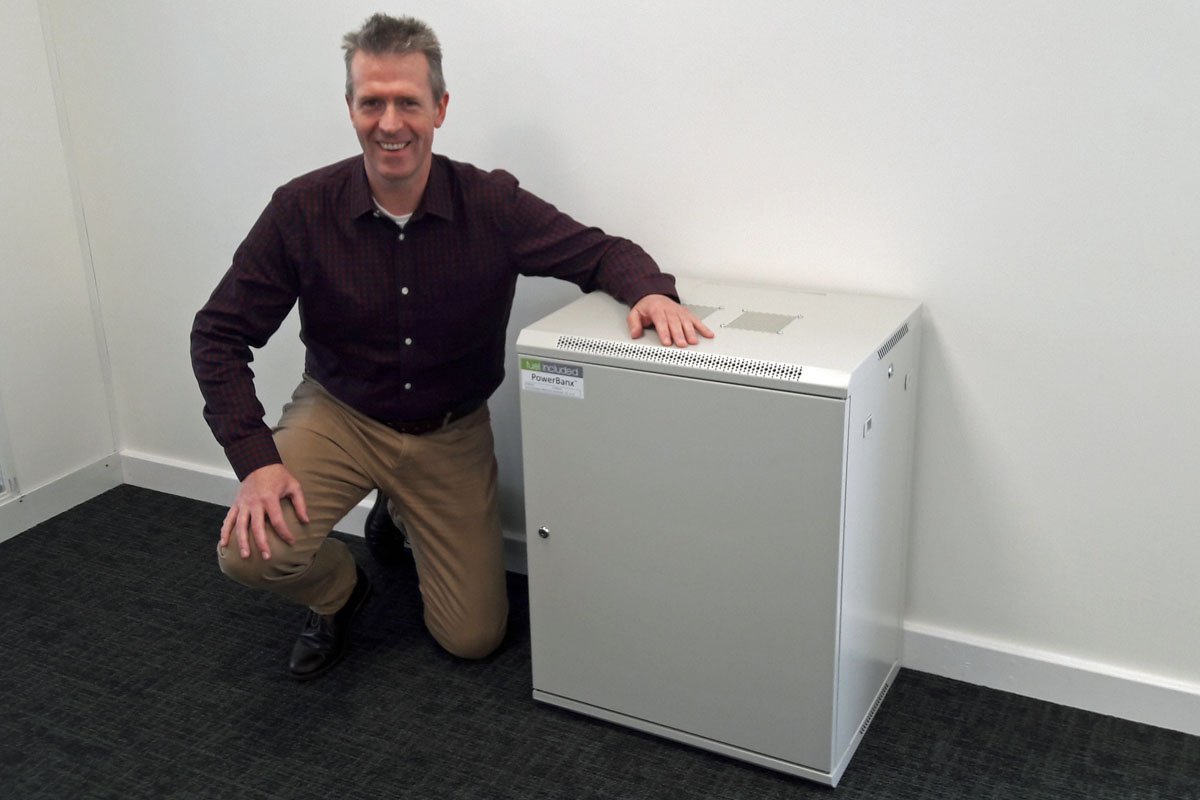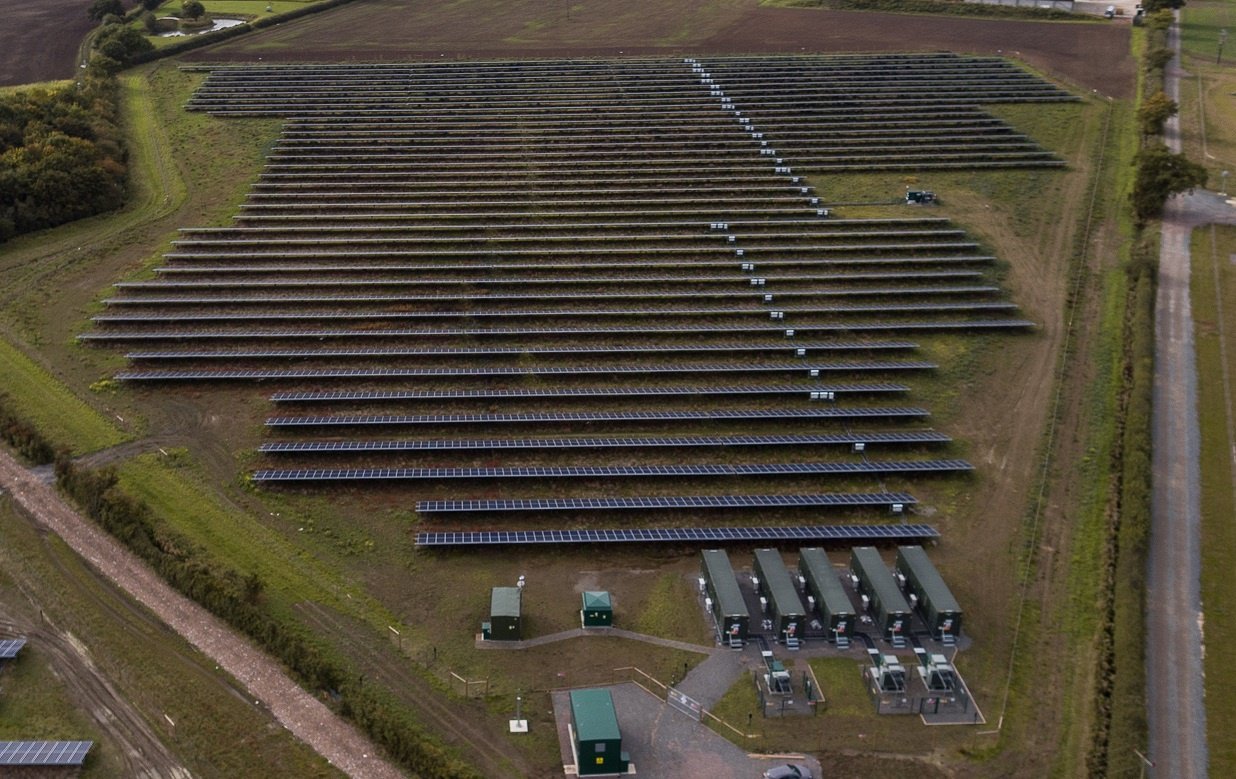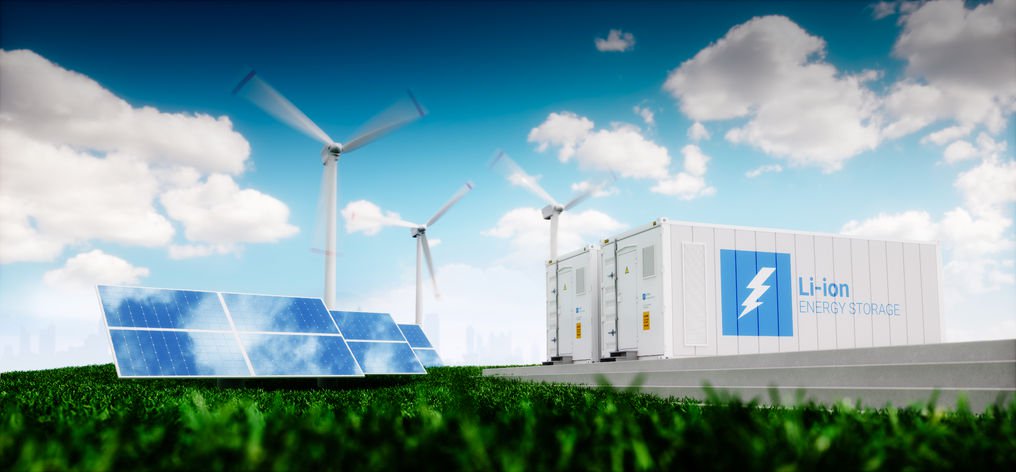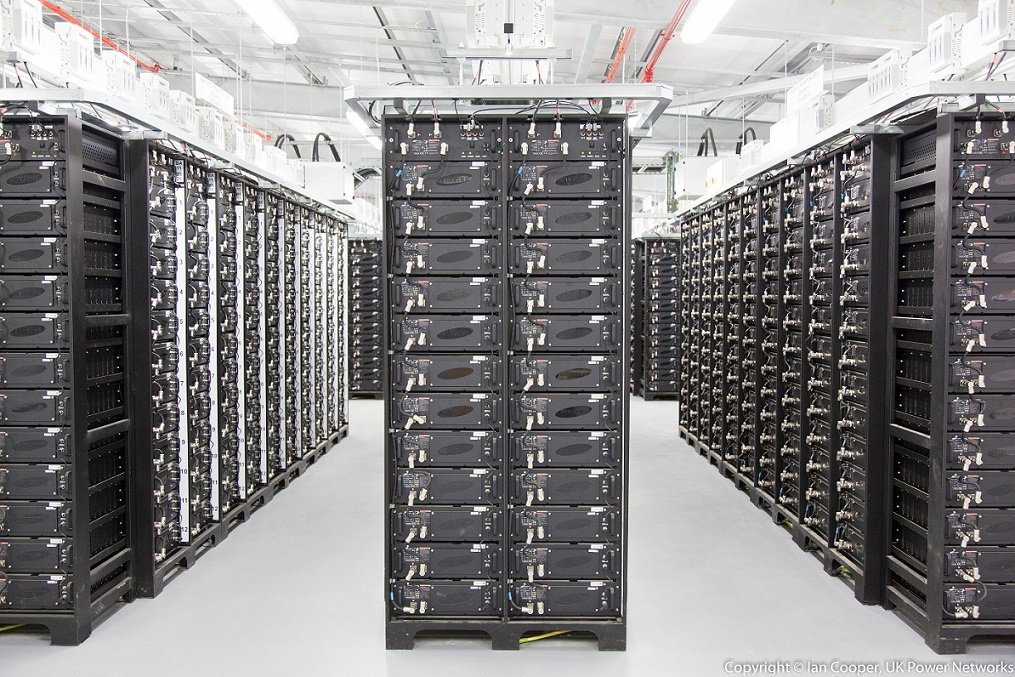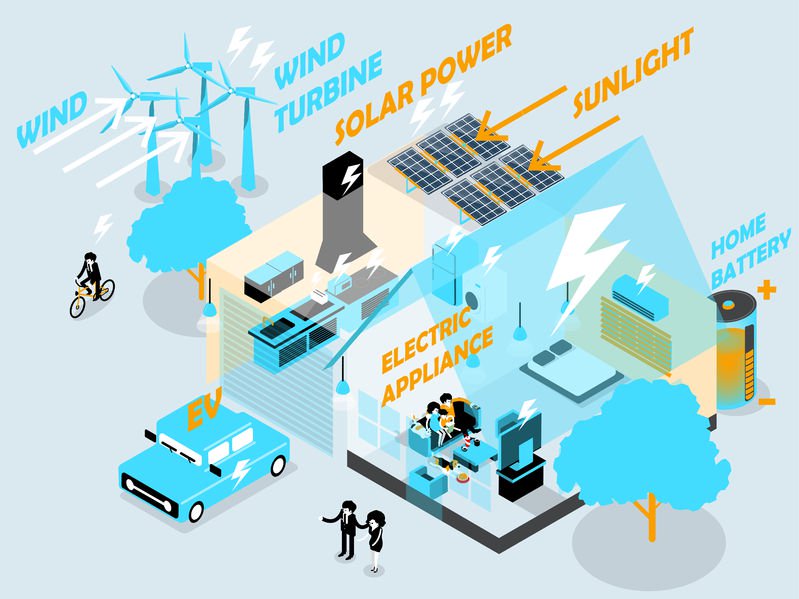Build back circular: Economic recovery and a sustainable lithium battery storage ecosystem
The COVID-19 pandemic has changed our perception of what is normal and acceptable. It has forced us to re-examine our health and societal welfare systems, and reinforced the importance of the vital systems at the heart of our economies. Green energy is now at an all-time high, with the UK achieving its longest period



